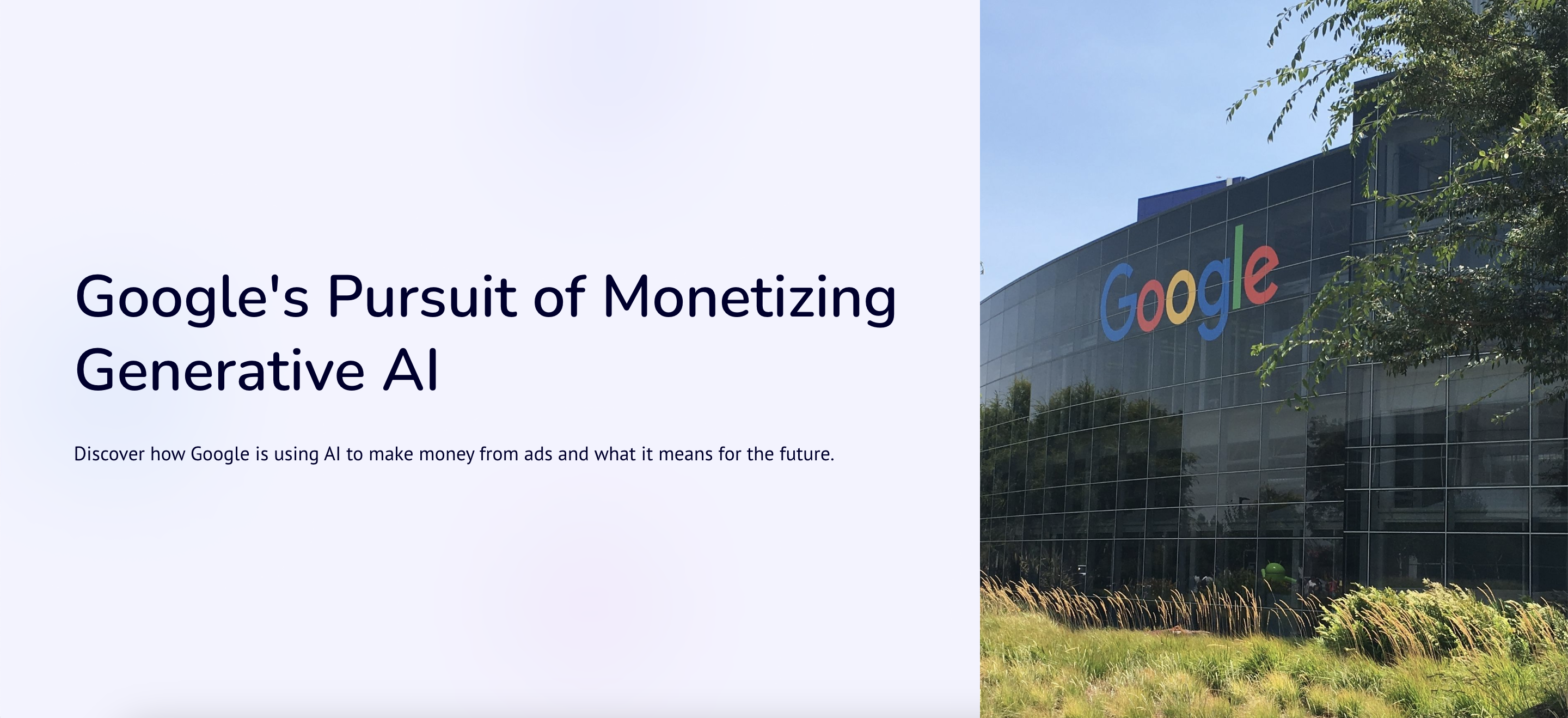In the ever-evolving landscape of artificial intelligence, Google has long been a front-runner, pioneering breakthroughs and shaping the industry. However, even a tech giant like Google faced challenges when it came to leveraging generative AI, specifically in terms of tying it to their primary revenue source—advertising. In this article, we will delve into Google’s efforts to monetize generative AI and the implications it holds for the future.
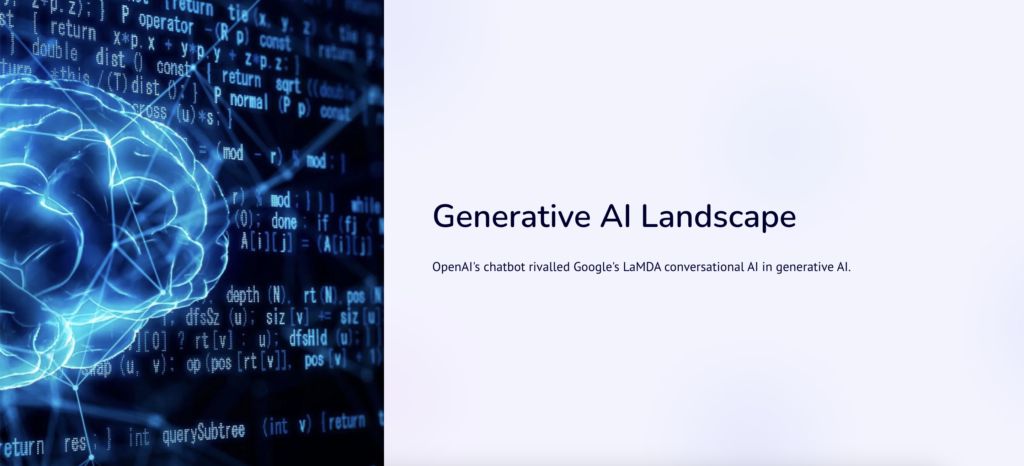
The Generative AI Landscape
OpenAI’s debut of a consumer-facing, generative AI-powered chatbot took the tech world by storm. It marked a significant stride, raising the question of whether Google was lagging behind. Despite Google’s earlier contributions to the foundational algorithms of generative AI, such as the transformer neural network, OpenAI’s rapid product release posed a challenge. Google’s LaMDA chatbot, while impressive in its dialogue skills, was held back by concerns of accuracy, bias, and odd responses. This hesitancy highlighted Google’s focus on maintaining its reputation.

The Monetization Challenge
For Google, bridging the gap between generative AI and its primary revenue stream—advertising—proved to be complex. The divergence between traditional search results and generative experiences meant that the ad placement strategies couldn’t be directly applied. The new “snapshot” answer approach offered concise responses with corroborating links, potentially reducing the incentive for users to click through to external sources. This shift raised concerns for both publishers and Google.

The Publisher Predicament
Publishers expressed frustration with Google’s approach, as it appeared to scrape content from their sites without compensation to fuel AI models that might ultimately disrupt their business models. Negotiations ensued, with publishers seeking remuneration for content access. OpenAI, Google’s competitor in this realm, embraced a subscription model for ChatGPT Plus, offering users an ad-free experience for a monthly fee. This demonstrated an alternative monetization path for generative AI services.

The Search for Ads Integration
Elizabeth Reid, Google’s VP of Search, acknowledged the need for experimentation with ads integration into generative AI platforms. This endeavor involves challenges like positioning ads appropriately within the user experience and clearly differentiating between paid responses and organic ones. Balancing user experience and revenue generation is pivotal for Google’s success in this venture.
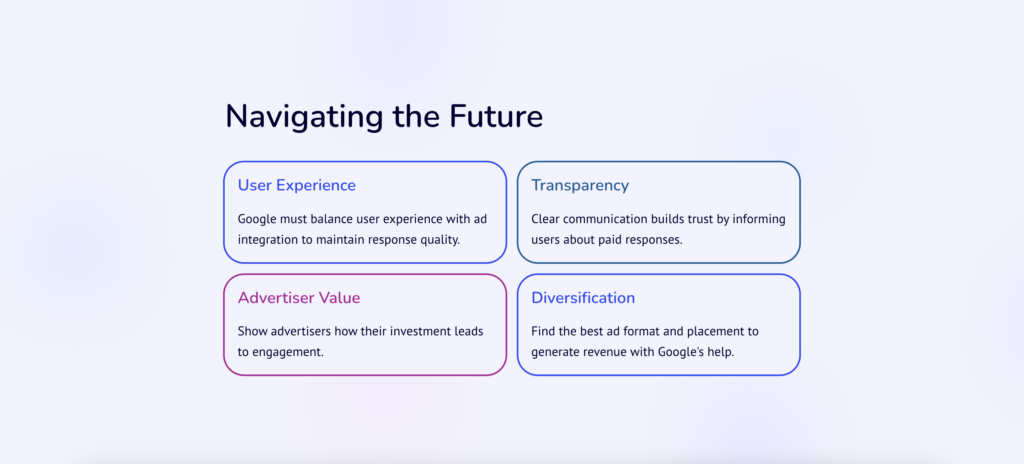
Navigating the Future
As Google continues its journey to monetize generative AI, several key considerations come to the forefront:
- User Experience: Google must prioritize user experience, ensuring that ad integration doesn’t compromise the value and integrity of the generative responses.
- Transparency: Clear communication is essential to inform users about paid responses, maintaining transparency and trust.
- Advertiser Value: Google needs to communicate the value proposition to advertisers, highlighting how their investment translates into effective engagement.
- Diversification: Google’s exploration of various ad formats and placements can help identify the most effective approach to generate revenue.
- Subscription Alternatives: Learning from OpenAI’s subscription model, Google could explore premium offerings for ad-free, enhanced generative experiences.
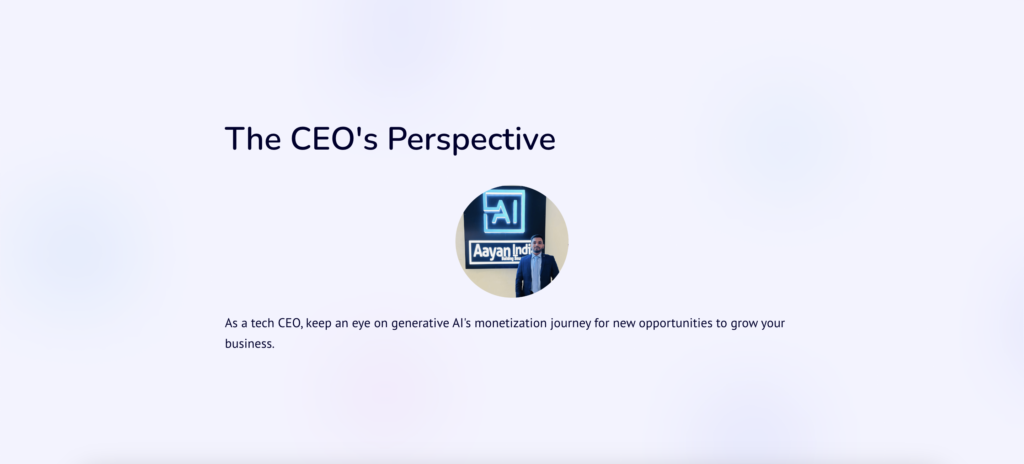
The CEO’s Perspective
As the CEO and Founder of Aayan India, a global IT company specializing in diverse tech services, you can observe these developments with keen interest. The monetization journey of generative AI presents new avenues for innovation, diversification, and revenue generation within the tech industry. Being attuned to these trends can offer insights into potential areas for expansion and adaptation within your business offerings.
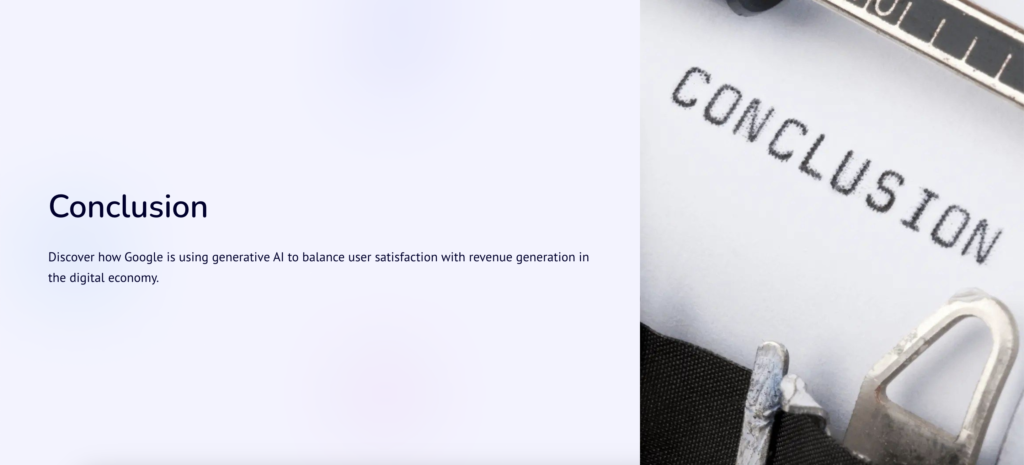
In conclusion, Google’s pursuit of monetizing generative AI showcases the intricacies of adapting established business models to disruptive technological advancements. As the landscape continues to evolve, finding the balance between user satisfaction and revenue generation will be key to the success of integrating generative AI into Google’s ecosystem. Your role as the CEO positions you to observe, learn, and potentially integrate these lessons into your own ventures, ensuring alignment with the pulse of the tech industry’s evolution.

